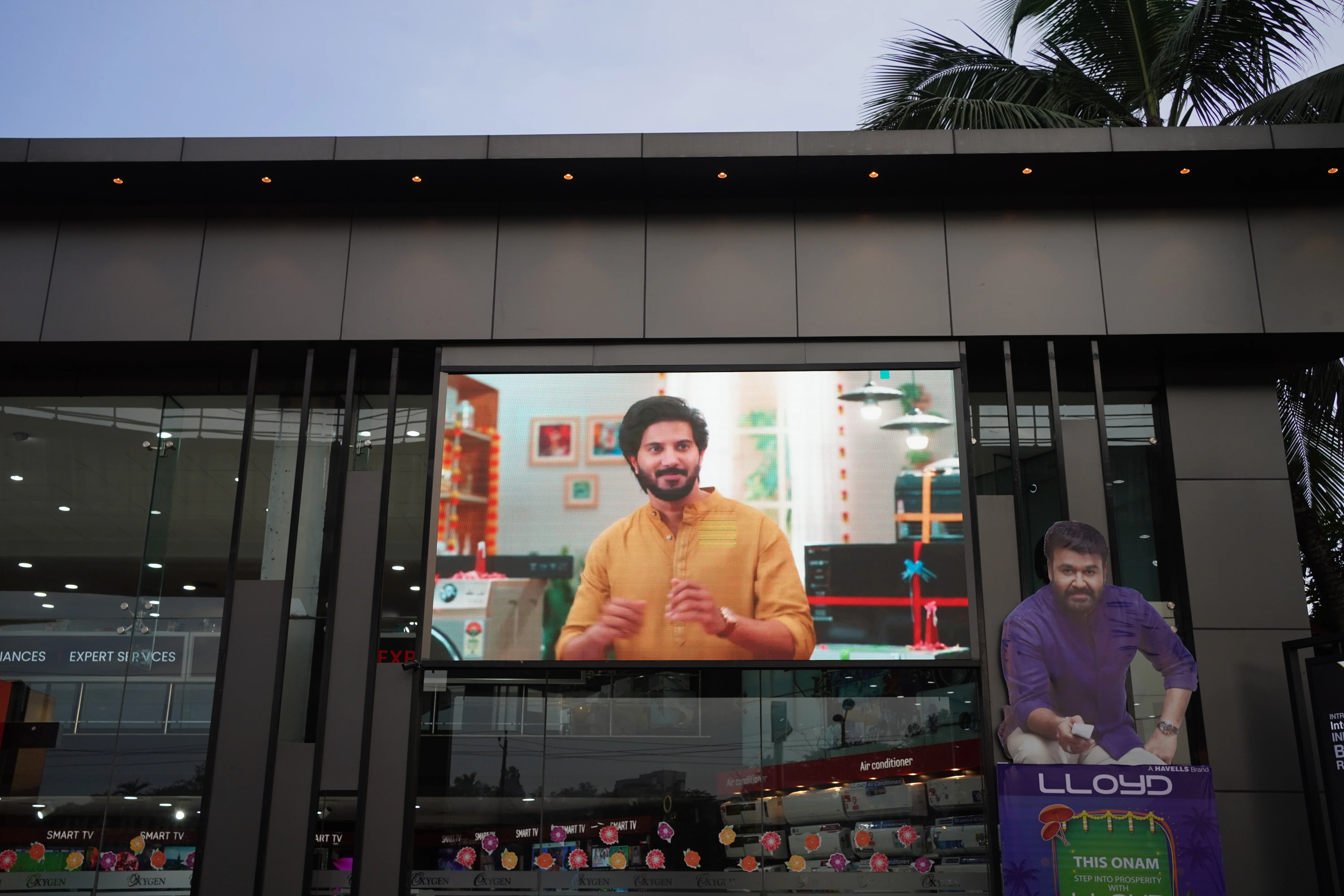Blog Details
LED Screen: How Does It Work?

- Posted On 13 May 2022
#ledvideowallinindia, #rentalLedscreenindia, #advertisingleddisplayscreeninindia, #ledscreenmanufacturers
An LED screen is an electronic screen that uses semiconductor LEDs as a light source as an advertising medium.
LED displays are capable of displaying a wide range of data. It may show dynamic advertising, beacon-graphic information, back-and-white and colour films LED Displays' Operating System
It consists of an LED display that works in tandem with the control unit, as well as a mounting frame for the LED display modules.
A pixel is a display cell made up of many LEDs that is responsible for colour reproduction and brightness in the LED module's architecture. It is a fundamental point made up of three essential components.
How Can LED Displays Be Used?
LED screens allow you to broadcast around the clock, split into a certain length of ad blocks, control video timing, number of postings per block, and placement days. Outdoor and indoor advertisements, mass city events, exhibitions, fairs, music halls, stadiums, train stations, airports, subways, business centres, stock exchanges, control rooms, and other places employ LED screen panels. When distributing visuals to big crowds, LED screens are essential.
Features of LED Displays
LED displays may be visible from a distance since they have a display size of 60-120 square metres or more.LED displays are frequently put in locations with high pedestrian traffic and moderate vehicle speeds to allow long-term monitoring.
LED screens allow for viewing from practically any angle. This improves the viewer's reach. LED displays provide companies with numerous chances to generate effective advertising. Advertisements and informational text blocks can be presented simultaneously on modern LED displays (static text or scrolling line). This capability can be utilised to simultaneously display a product in a store, identify its location in the hall, and provide information about special discounts.
The LED screens have a non-glare surface. These displays offer a brightness level that allows you to get a faultless image even when sunlight hits the screen's front panel. LED displays of this calibre are frequently utilised in large-audience movies. In any illumination, texts, images, and tables are readily visible from the farthest reaches of the auditorium.
There are two types of LED display screens. These are matrices and sets.
Each pixel in a cluster display has three to several dozen LEDs. It's put together in a light-insulating container with a sealing substance within. The clusters that make up the display's information field are screwed to the display's front surface. Wires and connections connect each cluster to its appropriate control board.
